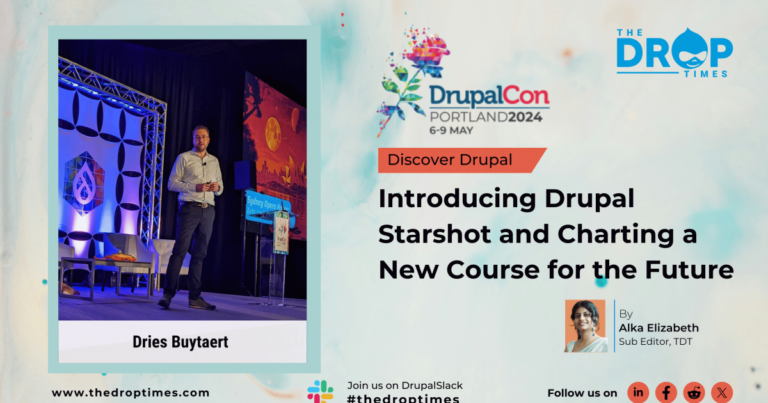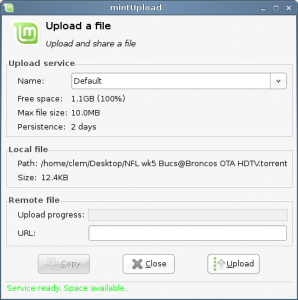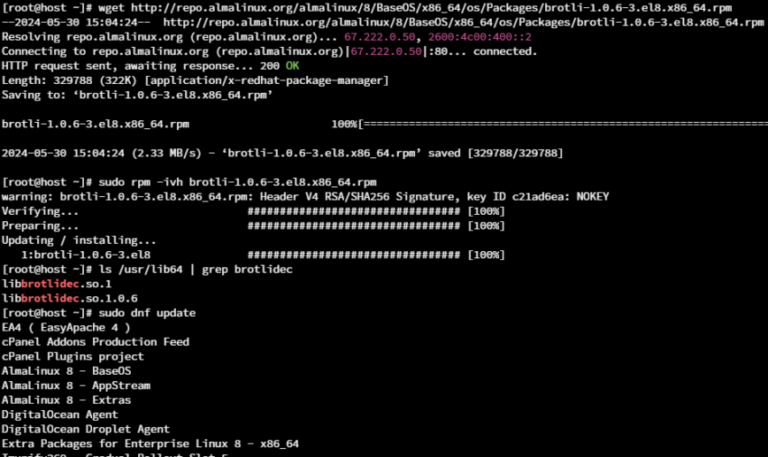
Legacy systems form the backbone of many enterprises, powering critical business operations that companies depend on daily. However, integrating modern observability solutions with these older infrastructures presents unique challenges that IT operations teams must navigate carefully. This guide provides comprehensive strategies for overcoming integration hurdles and successfully implementing observability in legacy environments.
Why observability is critical for legacy systems
Contents
Ignoring observability in legacy environments creates significant risks that can impact your entire organization. Performance bottlenecks become harder to detect without proper monitoring, while security vulnerabilities may go unnoticed until they cause serious damage. Legacy systems without observability also struggle with scalability issues, making it difficult to support growing business demands.
Observability solutions enable better monitoring, troubleshooting and optimization in older infrastructures by providing the visibility needed to understand system behavior. With proper observability, IT teams can identify issues before they escalate, optimize performance based on real data and maintain system reliability despite aging technology. This visibility is especially critical when managing legacy environments where documentation may be incomplete or outdated.
Common challenges in implementing observability in legacy systems
Legacy systems present several obstacles when implementing modern observability tools. Lack of compatibility with current monitoring solutions often requires additional integration work or custom development. Many older systems weren’t designed with modern data collection methods in mind, creating gaps in the information needed for comprehensive observability.
Limited access to real-time data streams and metrics poses another significant challenge. Legacy applications may not expose the APIs or interfaces that modern observability tools expect, requiring alternative approaches to gather necessary information. The data that is available might be in formats that don’t easily integrate with contemporary platforms.
Budget constraints and resource limitations frequently impact observability initiatives in legacy environments. Organizations may hesitate to invest in new monitoring infrastructure for systems they plan to eventually replace. However, short-term thinking can lead to costly outages and performance issues that far exceed the investment required for proper observability.
Resistance to change within the organization represents perhaps the greatest challenge. Teams familiar with existing monitoring approaches may be reluctant to adopt new tools and processes. This cultural barrier requires careful change management and clear communication about the benefits of improved observability.
Strategies for integrating observability solutions
Conduct an infrastructure assessment
Begin by conducting a thorough infrastructure assessment to identify gaps in compatibility between legacy systems and modern observability tools. Document all systems, their current monitoring capabilities and integration points. This assessment should prioritize systems for integration based on criticality to business operations, potential impact of failures and feasibility of implementation.
Create an inventory of existing monitoring tools and data sources to understand what information is already available. Map dependencies between systems to identify which components have the greatest impact on overall performance. This foundation enables informed decisions about where to focus observability efforts for maximum benefit.
Leverage middleware or adaptors
Use middleware solutions or adaptors to bridge the gap between legacy and modern systems. These tools can translate data formats, provide API compatibility and enable communication between disparate technologies. Examples of middleware solutions include message brokers, data transformation services and protocol converters that facilitate integration.
Enterprise service buses (ESBs) can serve as integration platforms that connect legacy applications with modern observability tools. API gateways provide another approach by exposing legacy system data through standardized interfaces that observability platforms can consume.
Adopt incremental modernization
Start with pilot programs to test observability tools in specific environments before rolling out organization-wide. This approach allows teams to learn from initial implementations and refine processes before tackling more complex integrations. Begin with non-critical systems where potential issues won’t impact core business operations.
Gradually replace or upgrade critical components of legacy systems as opportunities arise. This incremental approach spreads costs over time while building organizational expertise with new observability tools. Each successful implementation provides confidence and experience for subsequent projects.
Ensure data centralization
Utilize data aggregation platforms to consolidate metrics from legacy systems alongside modern infrastructure data. Centralized data storage enables correlation analysis and provides a single source of truth for monitoring information. This approach addresses the common problem of data silos that prevent comprehensive system visibility.
The importance of centralizing logs and performance data cannot be overstated. When information is scattered across multiple systems and formats, troubleshooting becomes exponentially more difficult. Centralization enables teams to analyze patterns across the entire technology stack.
Introduce telemetry capabilities to collect detailed performance data from legacy systems. Telemetry provides the foundation for observability by gathering metrics, events, logs and traces that modern monitoring platforms require.
Focus on security and compliance
Implement encryption, role-based access control and other security protocols when integrating observability tools with legacy systems. Many older systems lack modern security features, so additional protections must be layered on during the integration process. This includes securing data transmission between legacy systems and observability platforms.
Ensure compliance with industry regulations throughout the implementation process. Different industries have specific requirements for data handling, retention and access that must be maintained when adding observability capabilities. Work with compliance teams early to address any regulatory concerns.
Best practices for seamless implementation
Involving stakeholders early and getting buy-in from leadership ensures adequate support and resources for observability initiatives. Executive sponsorship helps overcome resistance to change and provides the authority needed to implement new processes across organizational boundaries.
Train IT teams to manage and operate modern observability tools effectively. Invest in education and certification programs that build the skills needed to maximize the value of new monitoring capabilities. This training should cover both technical implementation and operational procedures for ongoing management.
Standardize data collection with OpenTelemetry to ensure compatibility. OpenTelemetry provides a vendor-neutral approach to collecting telemetry data that works across different platforms and technologies. This standardization simplifies integration and enables greater flexibility in tool selection. SUSE Cloud Observability, SUSE’s pay-as-you-go observability solution, provides comprehensive OpenTelemetry support with automatic instrumentation for all major protocols, making it easier to implement standardized data collection across legacy and modern systems.
Collaborate with observability solution vendors for tailored integration support. Many vendors offer professional services and specialized connectors for legacy system integration. Leverage their expertise to accelerate implementation and avoid common pitfalls.
Continuously monitor the effectiveness of the observability implementation through metrics and feedback from IT teams. Regular assessment ensures that the solution continues to meet organizational needs as systems evolve. Establish key performance indicators (KPIs) that measure both technical performance and business impact.
From blind spots to visibility
Implementing observability in legacy systems delivers significant benefits including improved system reliability, faster problem resolution and better capacity planning. Modern observability tools provide the visibility needed to maintain aging infrastructure while planning for future modernization efforts.
Organizations that delay observability implementation risk increasing technical debt and operational complexity. Beginning with targeted pilot programs allows teams to build expertise while delivering immediate value.
Download the white paper to learn modern observability strategies and discover how SUSE Cloud Observability can transform your legacy system monitoring.
With the right approach and tools, your organization can bridge the gap between traditional monitoring and modern observability practices.
(Visited 1 times, 1 visits today)





